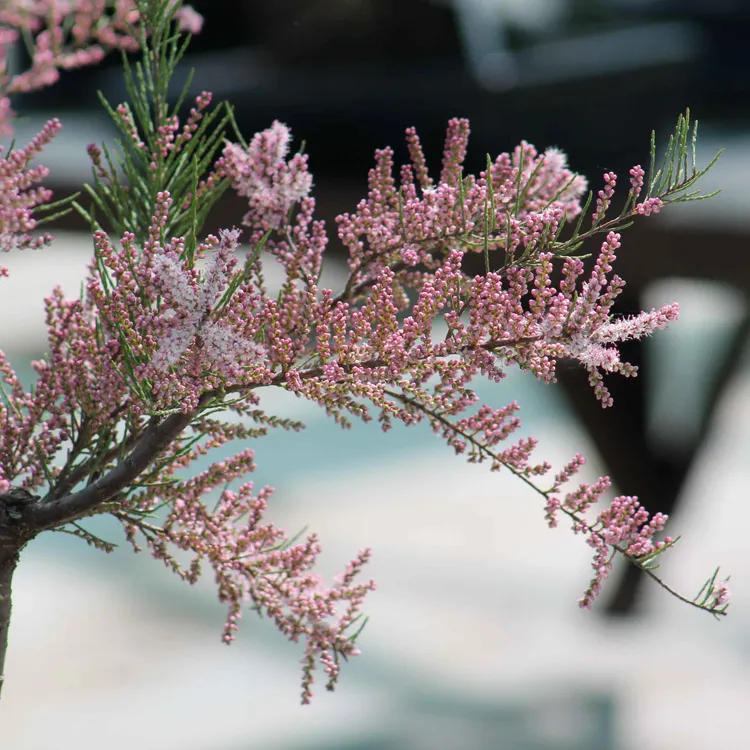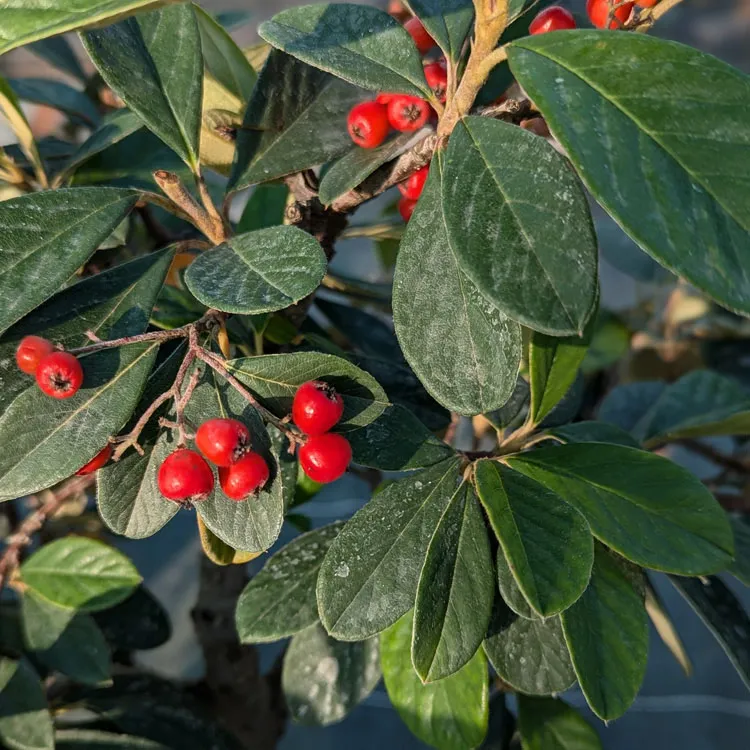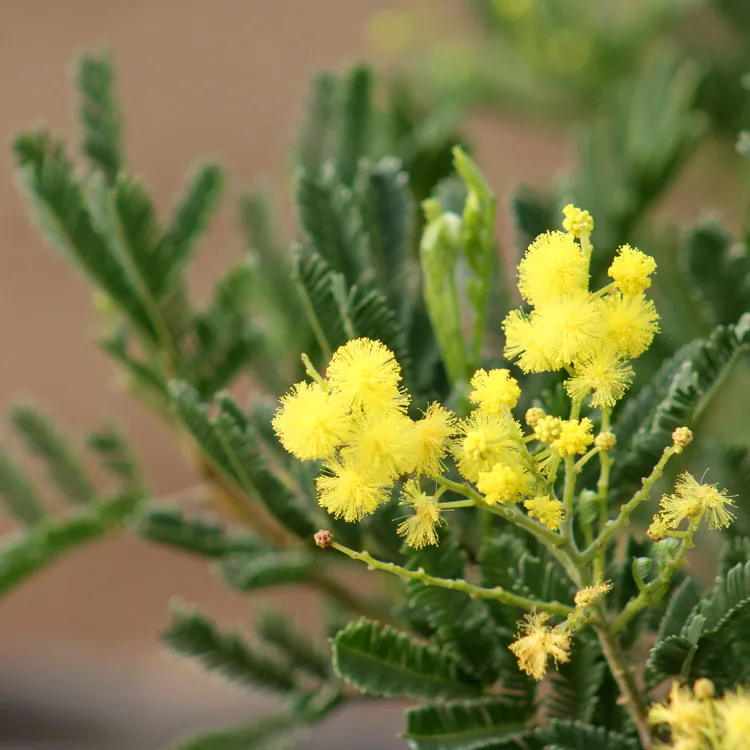If there is one tree that is emblematic of most of our regions, it is the oak. A true king of the forest, it evokes strength and robustness. However, we don't see him much in bonsai. Some even say it's not suitable for growing in pots. Others find that it is too slow and wanting to create a bonsai from an acorn makes the expression "bonsai is a school of patience" take on its full meaning.
Yet we claim otherwise. In our bonsai nursery we have been growing them for decades and we have managed to form huge trunks while maintaining a compact root. In the end, it's a tree like any other, with its strengths and weaknesses, that you have to get to know.
» See our selection of oak trees in bonsai
The oak tree is aptly named king of the forest
The oak has always held an important place in our history, it is sacred to many traditions. Worshipped by the Greeks, sacred to the Druids (they gathered around to celebrate rituals and ceremonies). The oak tree symbolizes wisdom, knowledge, authority. It is also the symbol of invincible strength, longevity and solidity. Many old specimens are listed in France.
The genus Quercus includes several hundred species. Some are persistent, some are semi-evergreen, and some are deciduous. The best known of the oaks in our countryside is certainly the "Quercus Robur", or pedunculate oak.
On the Mediterranean coast or on the south of the Atlantic coast, there are also many holm oaks (Quercus Ilex) which are less hardy and do not like low temperatures.
Finally, the cork oak (Quercus Suber) is also characteristic of the Mediterranean region because it is afraid of the cold. Its thick, cracked bark (sometimes up to 20cm in nature) is very popular in bonsai and gives a very particular style.
Growing Tips
Where to place your oak tree in bonsai?
Full sun, or partial shade if you are in the south of France. It is a tree that loves light but much less to be in a pot that heats up and dries out. In hot weather, place it in partial shade so that the leaves don't get toasted. In spring and autumn, full sun!
Oak tolerates the winter outdoors well and does not require any special protection, unless you live in a very cold region (or at altitude).
Watering
Like any bonsai deciduous : a good watering when the top of the substrate starts to dry out. In nature, the oak tree has large roots that plunge into the earth to draw water. He doesn't like to be dry. In summer, to prevent the substrate from drying out too quickly, it is advisable to place the pot in partial shade.
When watering, avoid wetting the leaves to prevent powdery mildew from appearing. Therefore, it is preferable to water manually directly on the substrate than to irrigate automatically.
Disease Resistance
Contrary to what some people say, oak is very resilient, even in bonsai. It is no more problematic than other species, except for powdery mildew. It is a fungus (mycelium) that invades young shoots as soon as vegetation begins. On the sides of the leaves, a characteristic white felting appears, which is favoured by the heat and high ambient humidity.
Powdery mildew isn't going to kill your oak tree, but it will weaken it, which is especially problematic if your bonsai is already weak or diseased.
There are treatments based on sulphur or potassium permanganate.
Fertilization
Like all deciduous trees, fertilizer is not fertilized until the first growth is developed. Avoid high-nitrogen fertilizers that promote the formation of large leaves (the opposite of what we want). So we fertilize from April/May until autumn, when the leaves start to turn brown#E580BA
At the nursery, we combine an organic fertilizer with a chemical fertilizer rich in P and K. This gives a beautiful green color to the foliage.
Substrate & Repotting
Repot in the spring, when the buds swell. Use a good amount of organic matter (e.g. composted pine bark) in the growing medium to keep the pot cool.
Don't repot too frequently, but only when necessary. That is, when you notice that the water is no longer flowing through the substrate and that the root bread is very dense. In general, repotting on an oak tree is spaced 4 or 5 years apart, or even more for a more mature plant. Remember that it is when the root bread is compact that the fine branching forms!
On a healthy oak tree there are often mycorrhizae in the substrate. These are fine white filaments that help the tree draw nutrients from the soil. When repotting, don't hesitate to set aside the mycorrhizae from the old substrate and reintroduce them into the new one.
When to prune an oak tree into a bonsai?
Maintenance pruning is carried out from the first shoot, when the twig is still green. If you wait until it is lignified (until it turns brown) you will be less likely to have a second shoot;
Structure pruning is done in winter. Eliminate anything superfluous to keep only what is essential to the form. Oak tolerates large cuts but only during the dormant period and don't forget to use a healing putty to promote healing.
Generally, you don't completely defoliate an oak tree, but if you have large leaves, you can cut them in half to let the light penetrate the structure.
See also: how to prune a bonsai.
Ligature
The small branches are quite pliable (but it's not a pine either!) and can be tied up during the winter. Remove the wire when it starts to tighten, usually during the summer.
As for large branches, it is possible to bend them slightly but within a certain limit to avoid breaking them.


 Production of French Bonsai
Production of French Bonsai
























































































